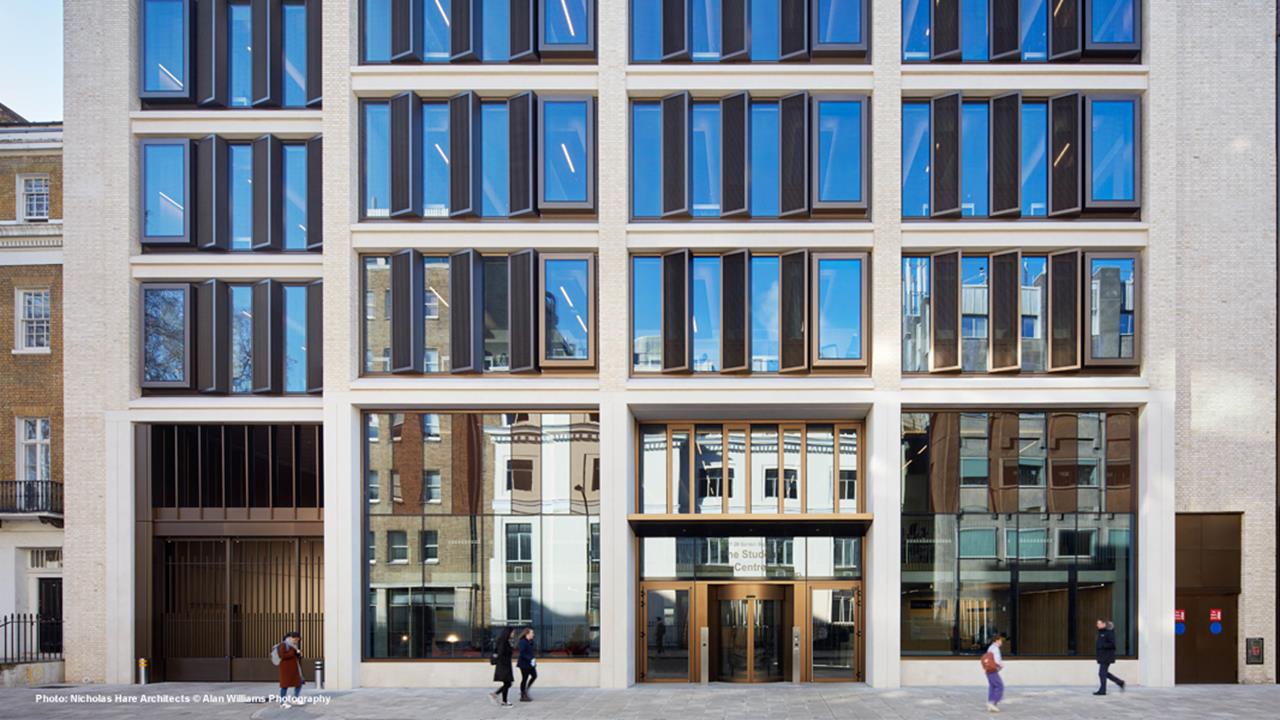

For many businesses up and down the UK, there is an increasing priority to respond to an evolving employee attitude to work, particularly making provision for staff wellbeing within office spaces. An important part of this drive for a safer and more comfortable working environment is the improvement of indoor air quality (IAQ), but done in a way that’s sustainable, to meet emission targets.
There’s no question poor air quality is a longstanding problem within commercial interiors. Poor IAQ within commercial buildings cause a variety of different, and negative, health effects for building occupants, not all of them immediately obvious.
Probably the most widely discussed is Sick Building Syndrome (SBS). This pertains to the name of a variety of symptoms that can be developed, when confined to a badly ventilated indoor space for an extended period of time. The condition can range from everything like prolonged headaches, to dry, itchy skin and rashes.
This just scratches the surface, and it’s also scientifically proven that poor air quality can have a sharp, negative impact on concentration, productivity, and satisfaction in the workplace.
Changing attitudes to ventilation
However, the seismic worldwide pandemic, and changes to Building Regulations, have also helped bring much more attention to the issue. It means achieving optimal IAQ is a priority concern in modern office design, whether newbuild or retrofit.
Furthermore, the increase in employee wellbeing, new legislation like Natasha’s Law, and legal obligation to fulfil a duty of care to staff – to maintain a culture of good practice and boost productivity – is driving the need for a sustainable way of improving IAQ.
One approach growing in popularity is natural ventilation. A forward-thinking method of curing poor quality air, it’s a sustainable one too, by using the latest, low energy smart technology to control the flow of fresh air in and out of a building.
Bringing the outside in
Introducing fresh air indoors, while releasing the stale air that’s been stored inside a building, aids in boosting thermal performance, therefore increasing comfort and improving working conditions in commercial spaces.
It means that workers can return to their offices and feel comfortable, in what has become post-COVID and a more anxious and health-obsessed world. They will be able to focus on their work without worrying about any effect to their wellbeing from poor IAQ.
However, that’s not all – specifiers are implementing natural ventilation within wider wellness strategies. Combining it with other green features and finishes to promote healthier workplaces sustainably. For example, biophilic design is becoming increasingly popular. By imbuing these spaces with natural elements – significantly helps to lower stress and encourage mental restoration.
A more sustainable way of working
More businesses are being compelled to operate more sustainably, in line with meeting the strict net-zero 2050 targets. With it drawing ever closer, everyone wants to show they’re taking the right steps.
We’re focused on proliferating this approach to HVAC, phasing out high-emission mechanical solutions for good, or at least, lowering their impact within a hybrid model.
Aside from the numerous health benefits natural ventilation brings, it has a significantly lower carbon footprint than a mechanical alternative, helping to clean up the surrounding environment while optimising energy usage.
A smarter system
Traditionally, mechanical HVAC was seen to be easier to control and regulate. However, smart technology has advanced considerably, meaning passive solutions can now be automated and operate alongside the Building Management Software (BMS).
Restrictive low tech systems should be a thing of the past, when refined smart alternatives are available – for a not too expensive cost. A passive system consisting of high quality actuators, can work with the BMS to maintain consistent airflow – as the BMS can open the windows when the air quality inside needs cleaning.
This technology is much easier and less time consuming to install compared to traditional HVAC systems. Engineers also won’t be needed on hand to regularly maintain this system either.
The natural choice
Ultimately, natural ventilation has the potential to improve our commercial built environment and the working lives of those who use these assets day-in-day-out. Not only do these systems reduce operating costs, allowing resources to be focused elsewhere, they drive down emissions too. Specified alongside the correct technology, they also possess the ability to achieve the highest IAQ possible along-with increased energy efficiency.
An affordable and sustainably option for now and the future, natural ventilation will enable people to enjoy leaving their homes. While entering buildings with a smile on their face, all the while ready for a productive day in the office. As guaranteeing healthy environments, which promote wellbeing has become an essential requirement for employers. The specifying of passive ventilation systems is a simple and effective way to achieve this scenario – enabling us to all master the ability to breathe easy.
If you'd like to keep up-to-date with the latest developments in the heating and plumbing industry, why not subscribe to our weekly newsletters? Just click the button below and you can ensure all the latest industry news and new product information lands in your inbox every week.